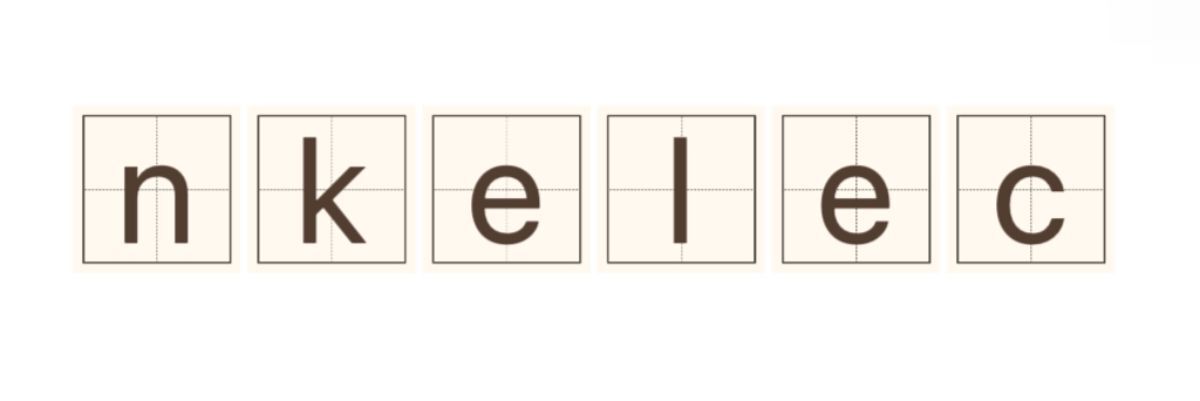Essential Guide to Power Line Hardware Applications
Jun. 12, 2025
Understanding Power Line Hardware Applications
Power line hardware plays a crucial role in the infrastructure of power distribution systems. This guide will explore various applications of power line hardware, including its functions, types, and best practices for implementation.
For more Power Line Hardwareinformation, please contact us. We will provide professional answers.
Types of Power Line Hardware
Power line hardware encompasses a wide range of components and equipment essential for constructing, maintaining, and operating power transmission and distribution systems. Understanding these components can help in selecting the right materials for your projects.
1. Insulators
Insulators are vital for ensuring that electrical currents remain confined to the power lines. They prevent energy loss and protect the infrastructure from environmental factors. Common types include:
- Porcelain Insulators: Durable and resistant to extreme weather.
- Polymer Insulators: Lightweight and less prone to breakage.
2. Conductors
Conductors are responsible for carrying electric power across long distances. The most common materials used are:
- Aluminum Conductor Steel Reinforced (ACSR): Known for its high strength-to-weight ratio.
- Copper Conductors: More conductive than aluminum but heavier and costlier.
3. Connectors and Clamps
These components ensure a secure and efficient connection between power lines. Types of connectors and clamps include:
- Compression Connectors: Used for permanent connections.
- Suspension Clamps: Hold conductors in place while allowing for movement.
Applications of Power Line Hardware
Power line hardware has numerous applications in the energy sector. Here are some key areas:
1. Transmission Line Construction
Power line hardware is essential for constructing transmission lines, which transport electricity from generating stations to substations. Proper use of hardware ensures minimal energy loss and improved efficiency.
2. Distribution Systems
In distribution systems, power line hardware components are crucial for managing voltage levels and ensuring reliable delivery to consumers. Common hardware in distribution systems includes:
- Crossarms
- Breakers
- Transformers
3. Renewable Energy Integration
As renewable energy sources like wind and solar become increasingly popular, power line hardware must adapt to accommodate new technologies. Solutions such as:
- Smart Grid Technology: For better management of energy flow.
- Energy Storage Systems: To balance supply and demand.
Common Issues and Solutions
Here are some common problems associated with power line hardware along with practical solutions:
Problem 1: Equipment Failure Due to Environmental Stress
Solution: Regular inspections and maintenance schedules can identify potential failures before they become critical. Using weather-resistant materials can also enhance durability.
Problem 2: Voltage Drops in Conductors
Solution: Choose the appropriate conductor size based on the distance and load requirements. Utilize transformers to adjust voltage levels as necessary.
Problem 3: Corrosion of Metal Components
Solution: Implement protective coatings or choose stainless steel or aluminum alloys that resist rust. Regular monitoring and maintenance can help manage corrosion issues effectively.
Best Practices for Power Line Hardware Installation
To optimize the performance of power line hardware, follow these best practices:
Conducting Site Surveys: Understanding the installation environment can help in selecting suitable materials.
Training Personnel: Make sure that all installation crews are trained on the latest safety and installation practices.
Utilizing Appropriate Tools: The right tools can make installation easier and reduce the risk of damage to hardware components.
Regular Maintenance Checking: Consistent checks on insulators, connectors, and conductors can prevent unexpected failures.
Conclusion
Power line hardware is indispensable in the creation and maintenance of effective power transmission and distribution systems. Understanding the various types, applications, and best practices for power line hardware can greatly enhance the efficiency of energy networks. Implementing these practices will allow for a reliable power supply and enable successful integration of new technologies in renewable energy sources.
If you're considering a project involving power line hardware, don't hesitate to reach out to experts for feedback and guidance. Take the first step toward enhancing your power infrastructure!
If you are looking for more details, kindly visit china preformed line.
152
0
0


Comments
All Comments (0)